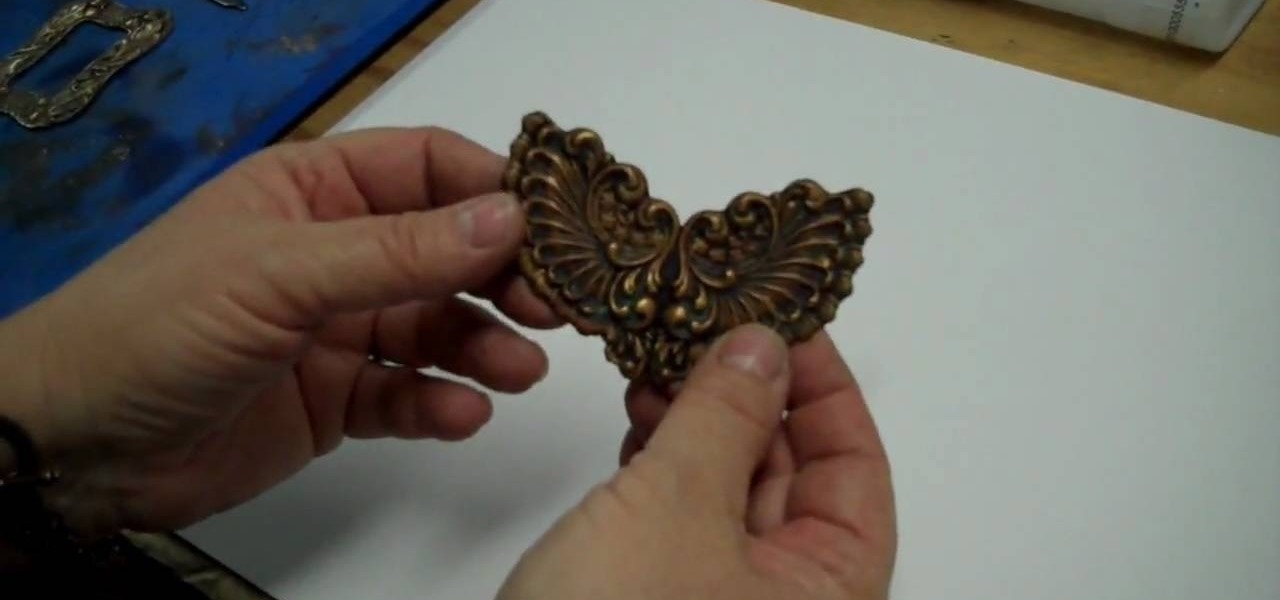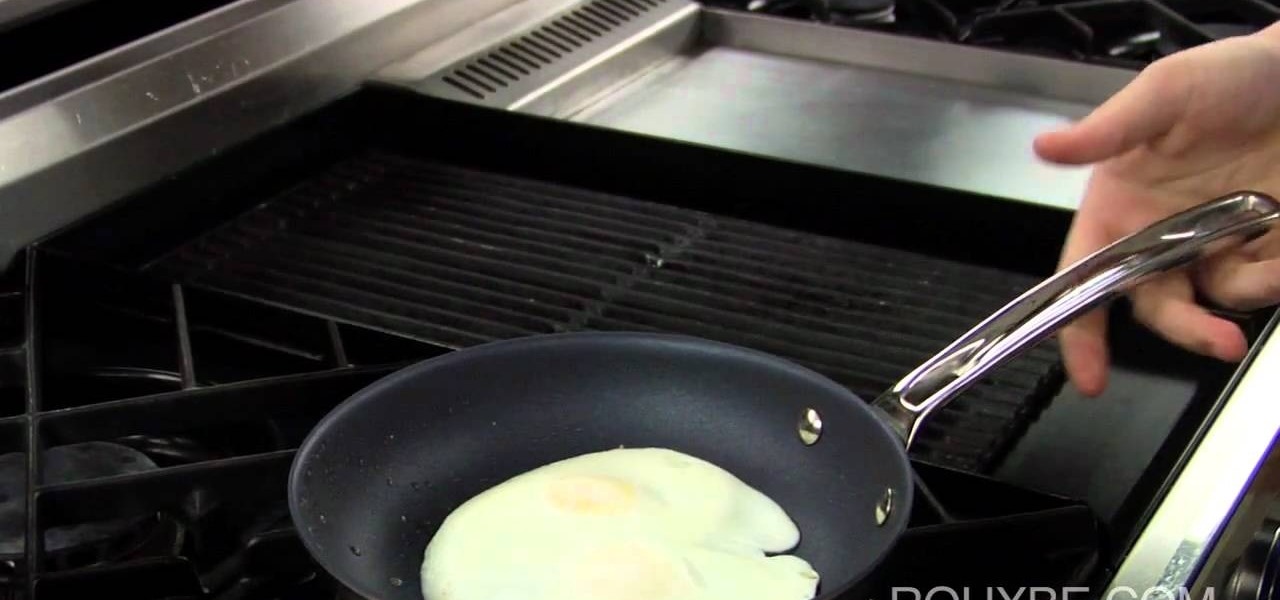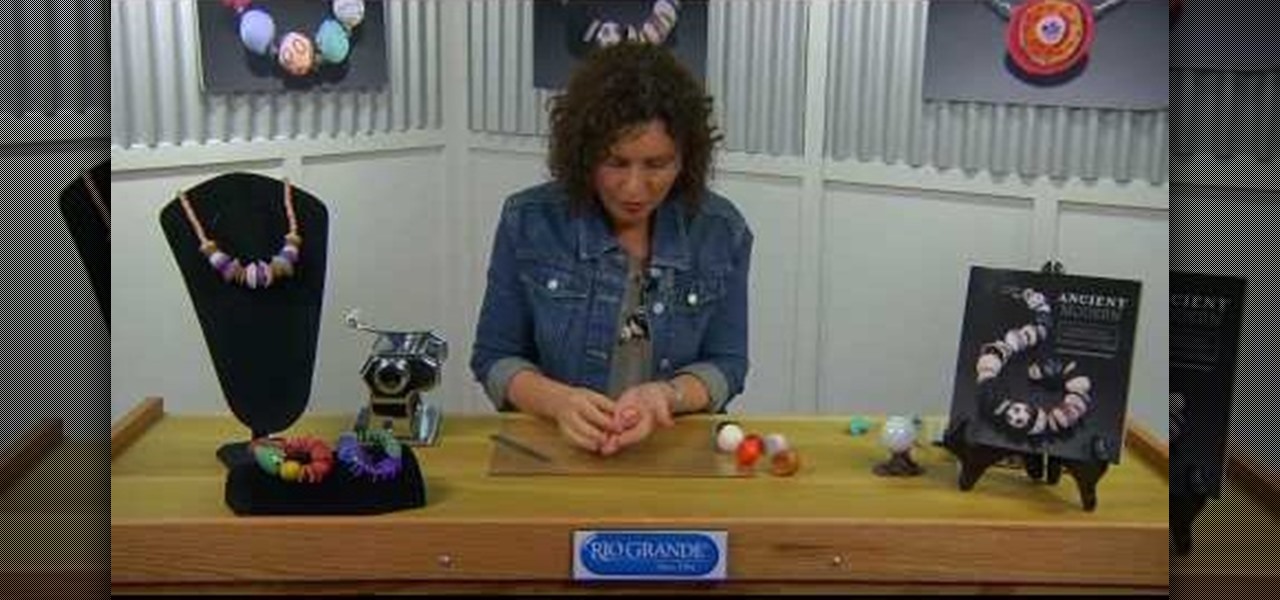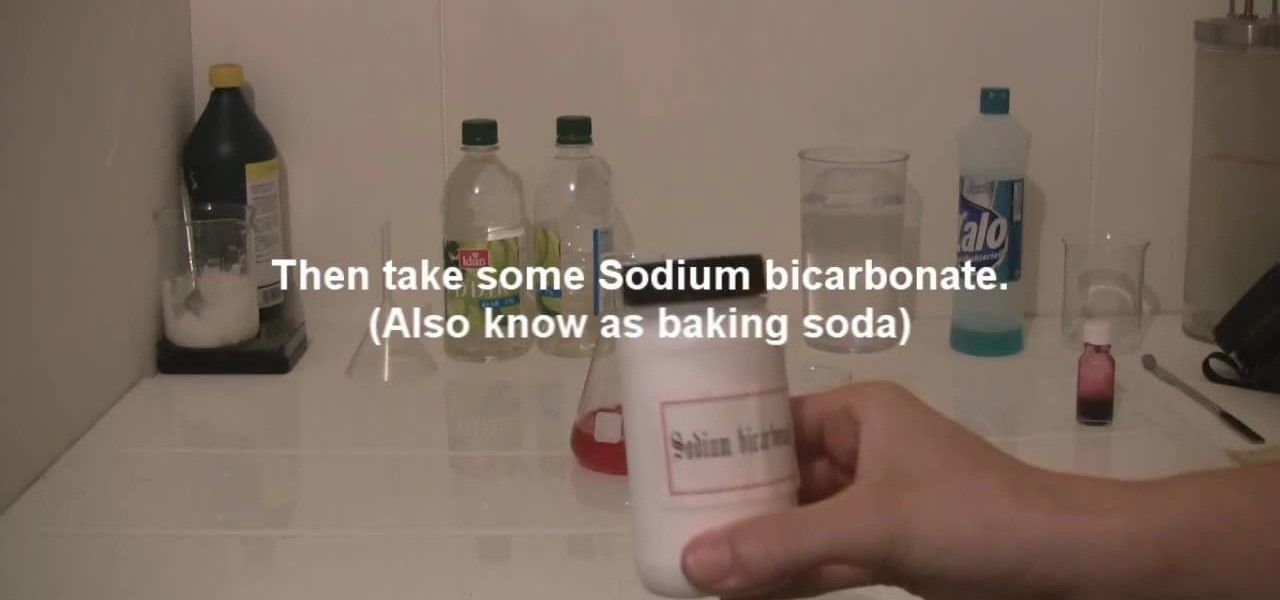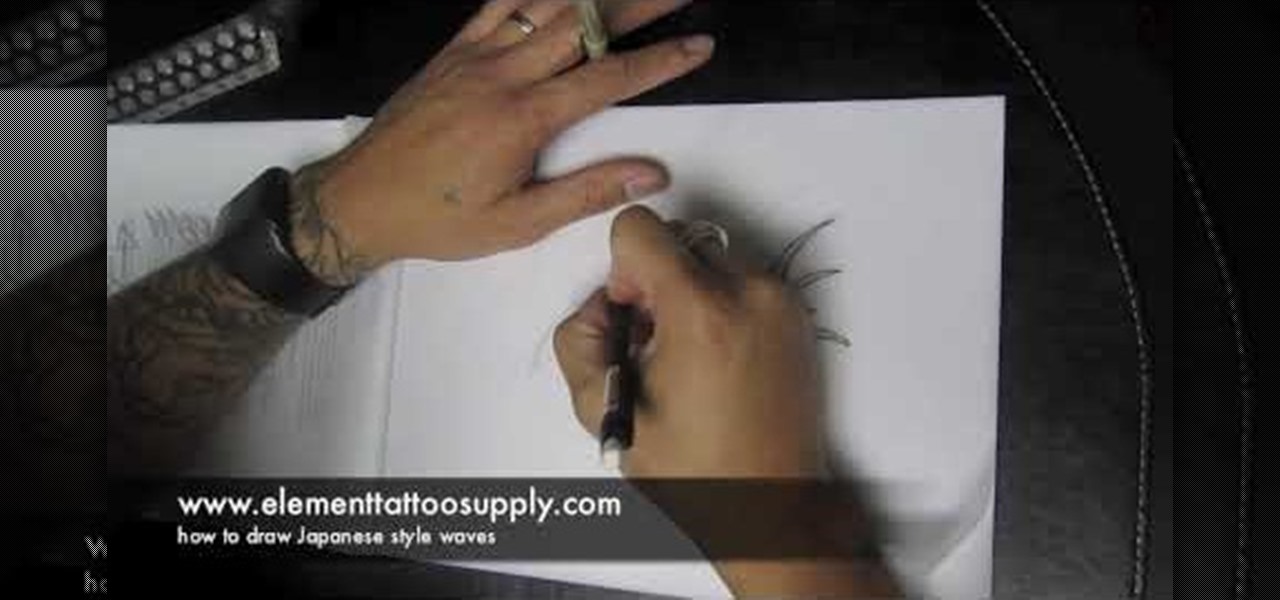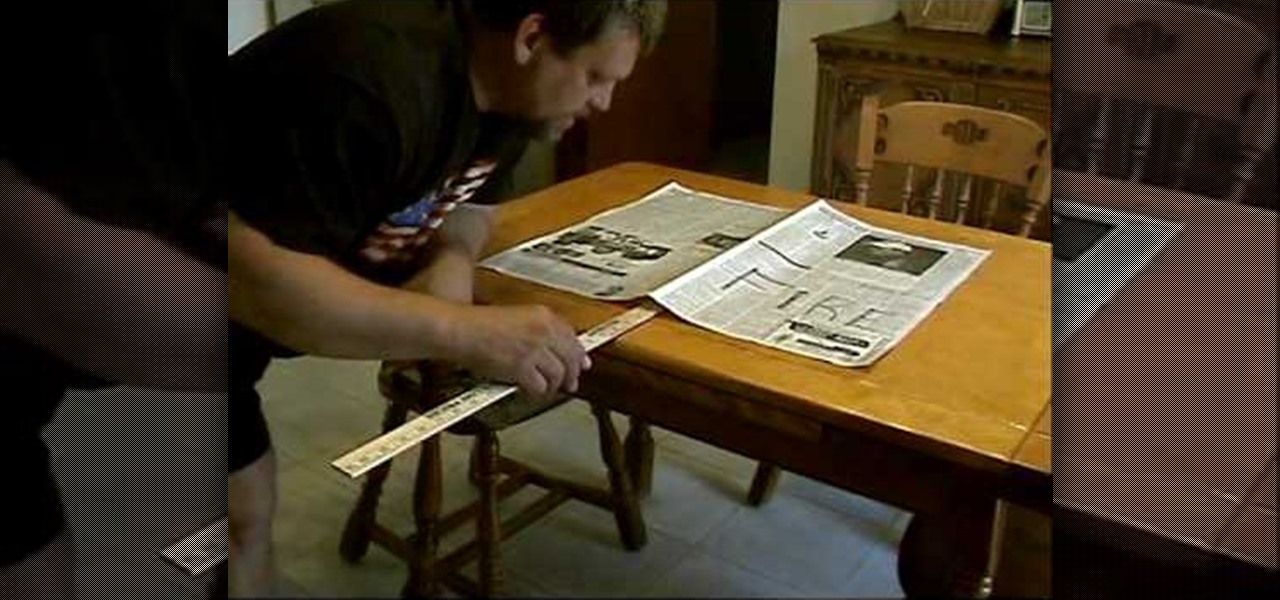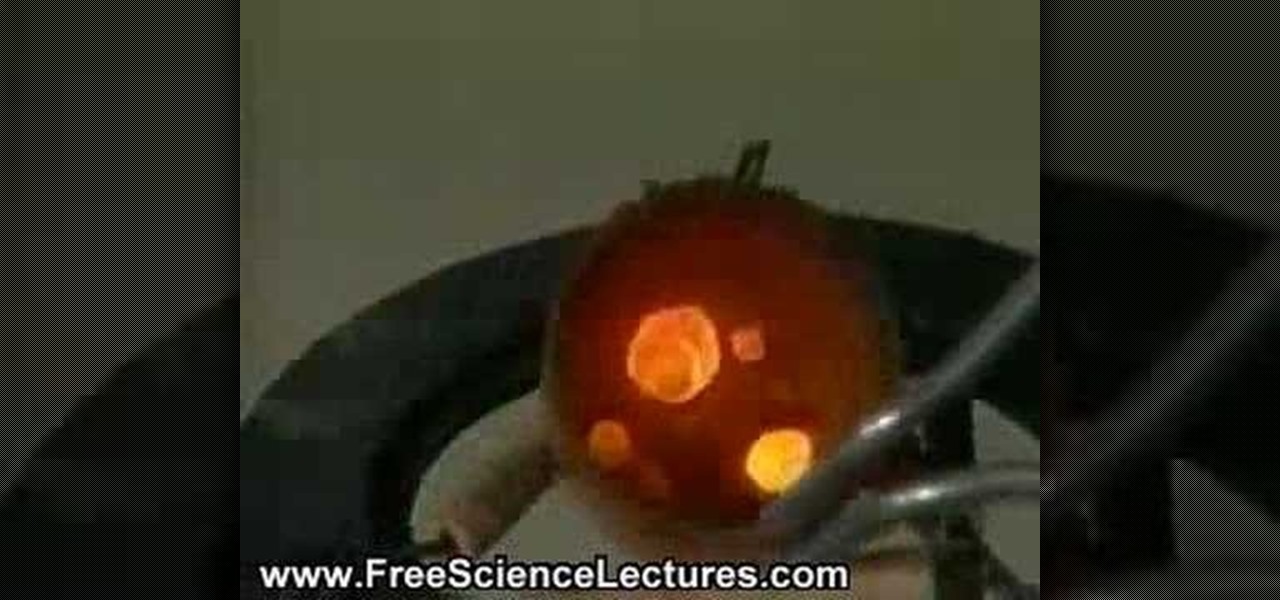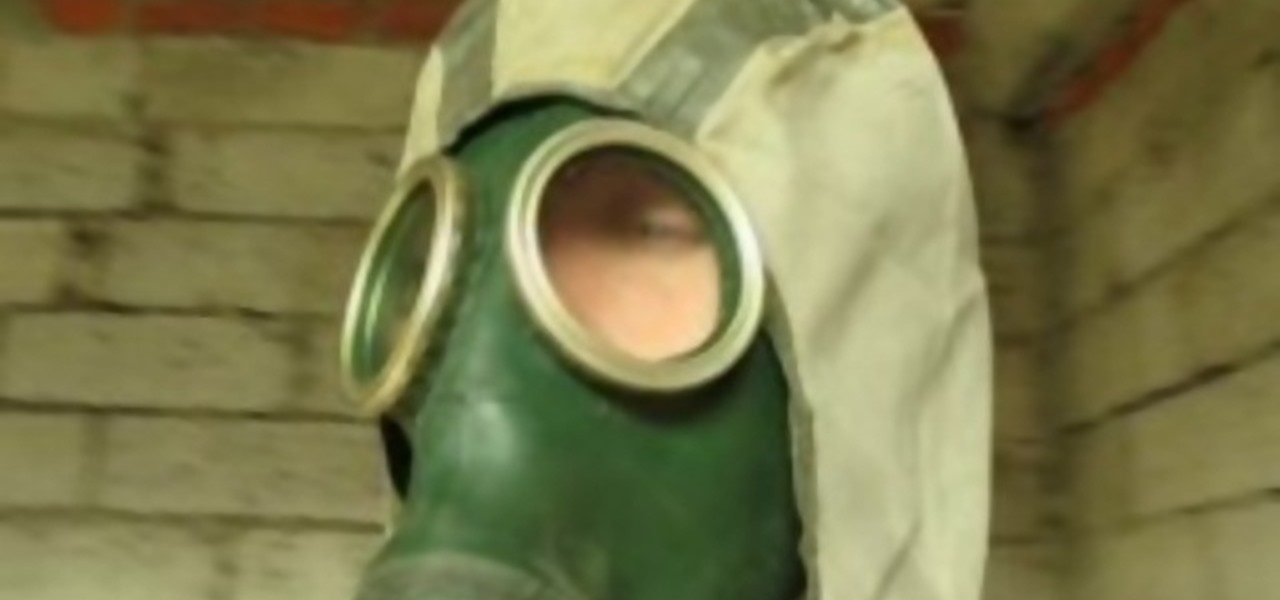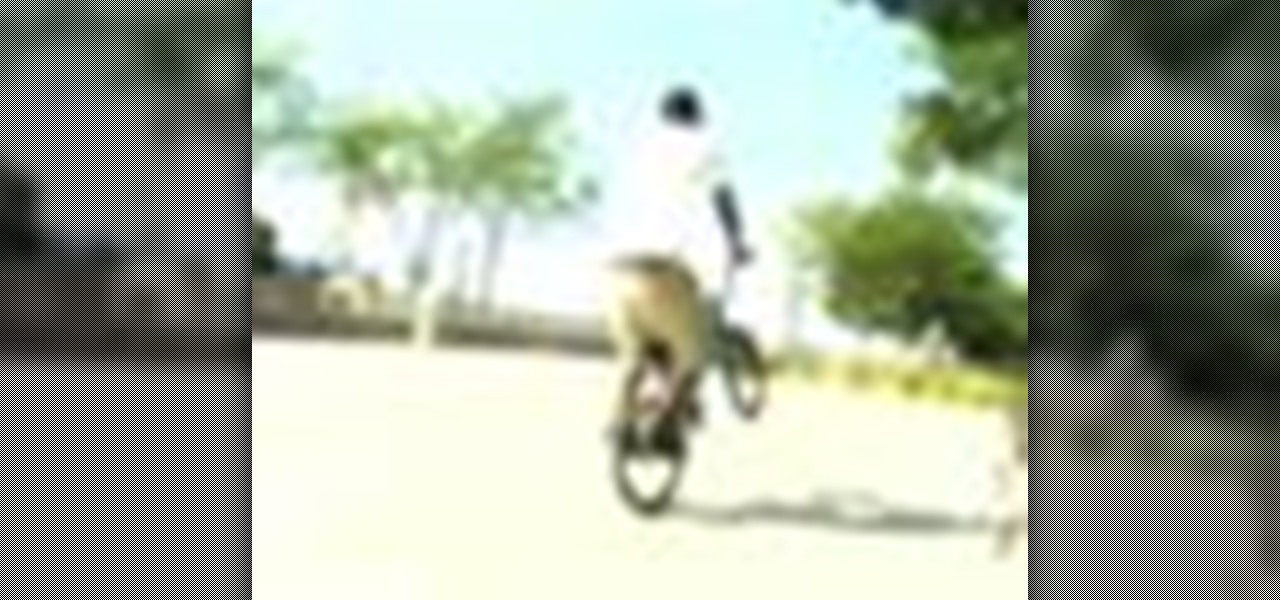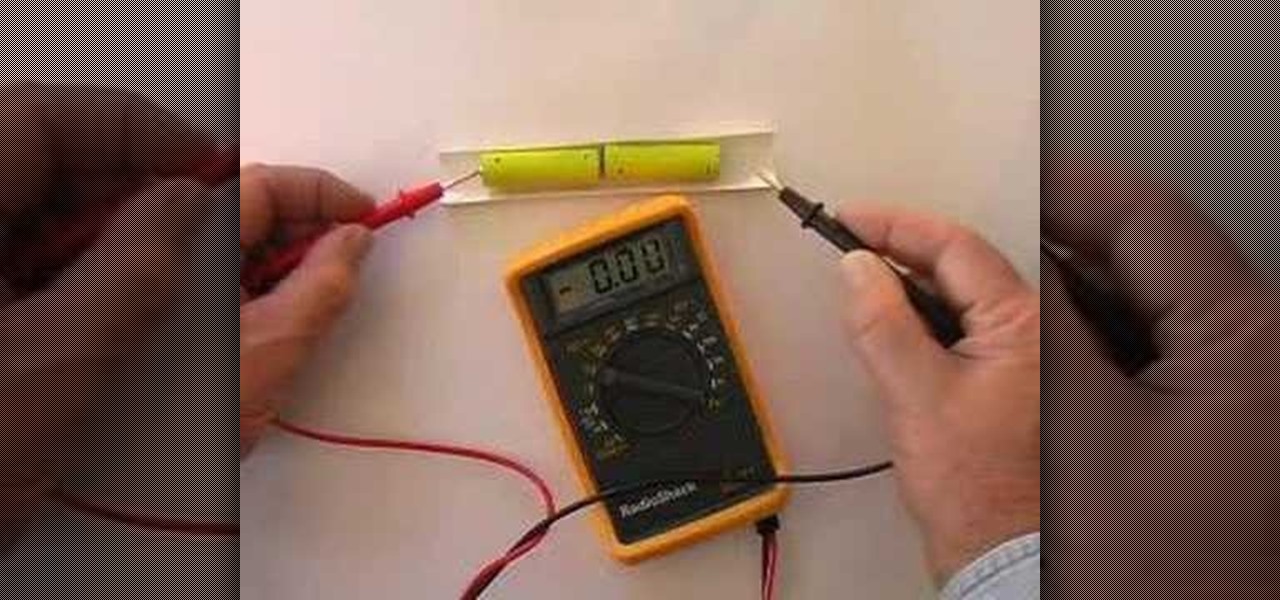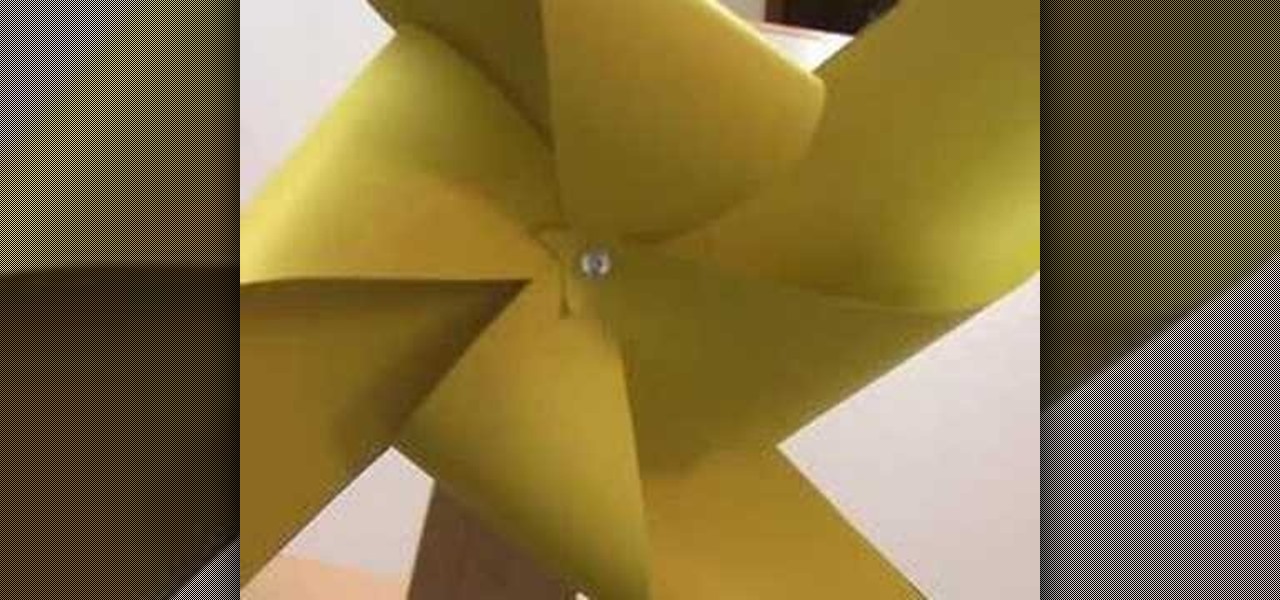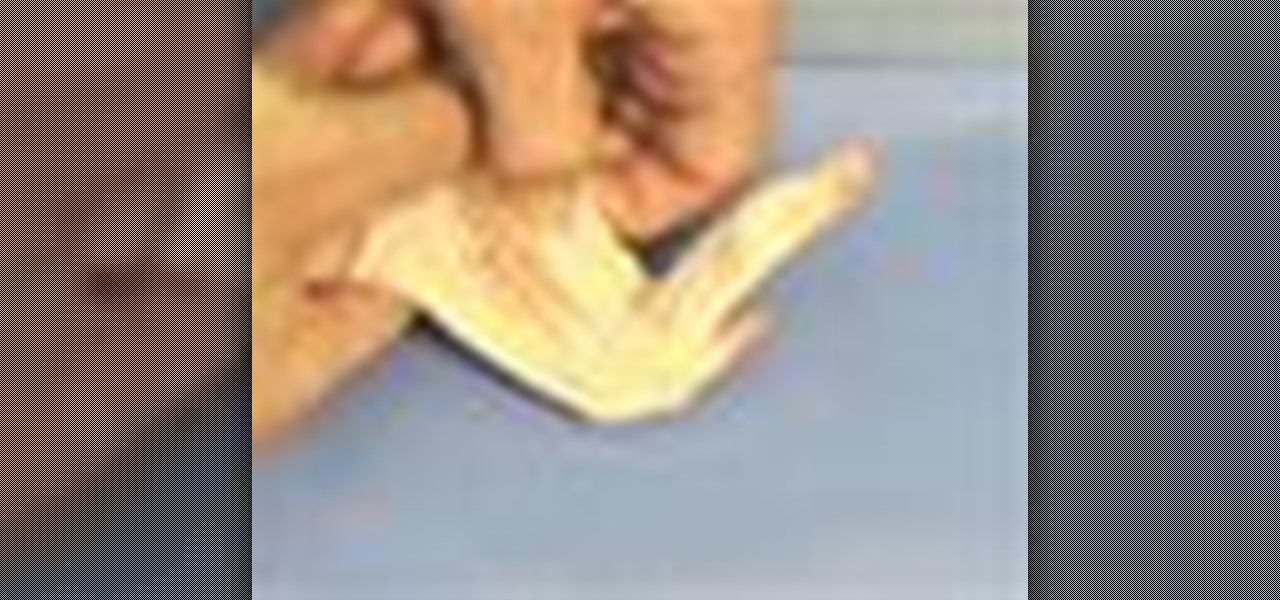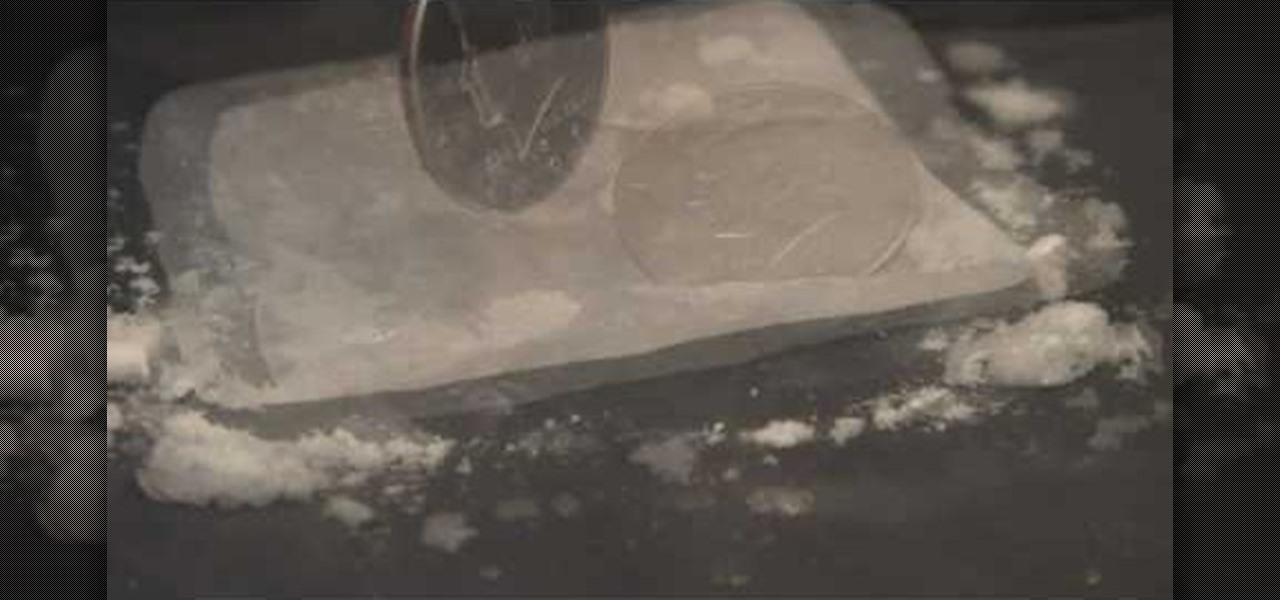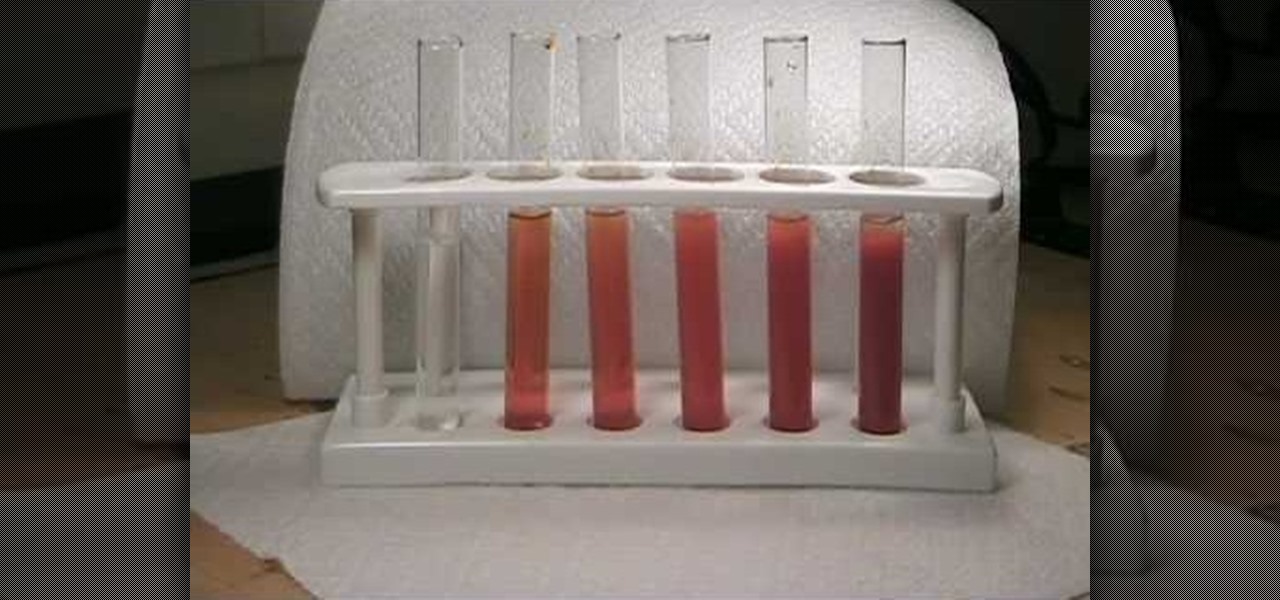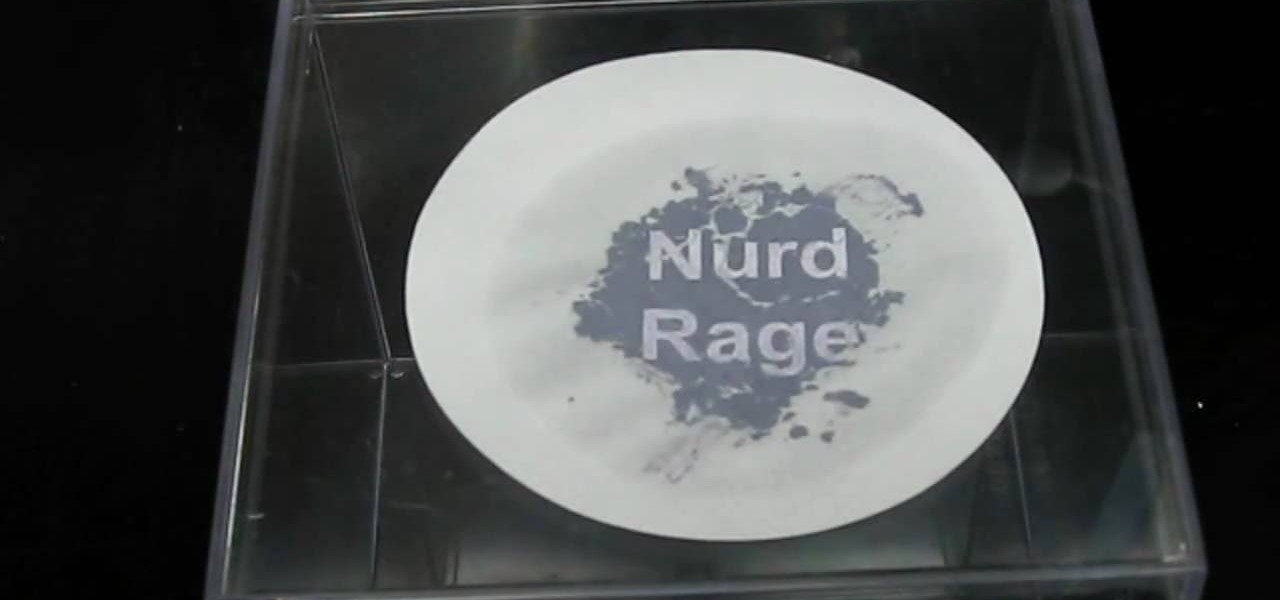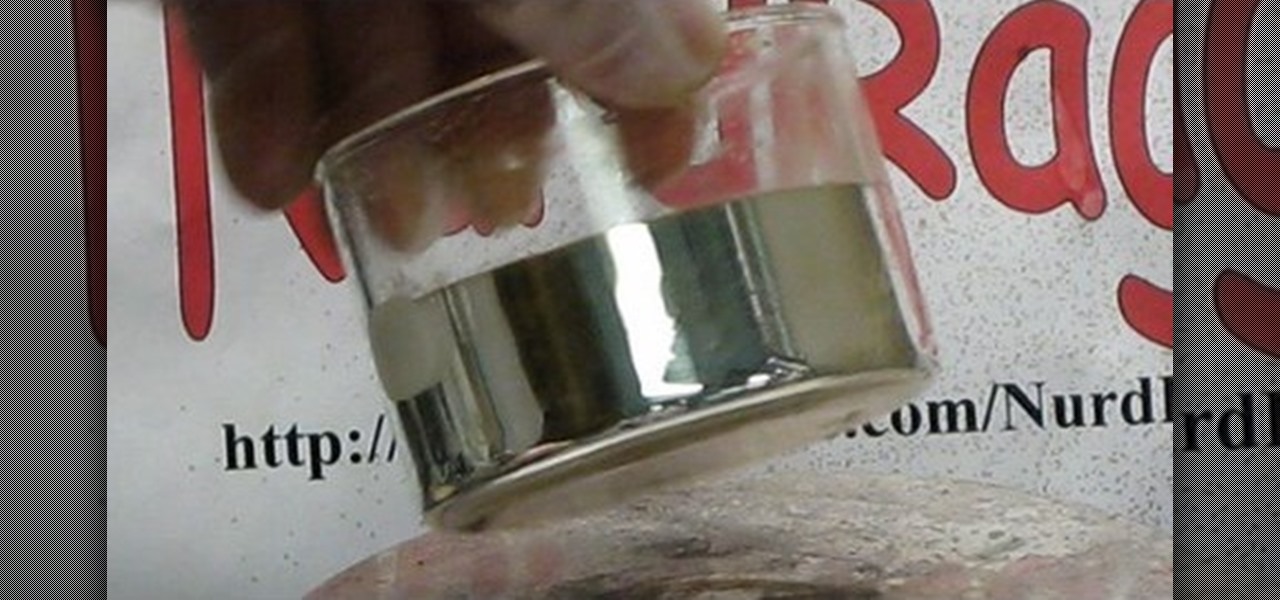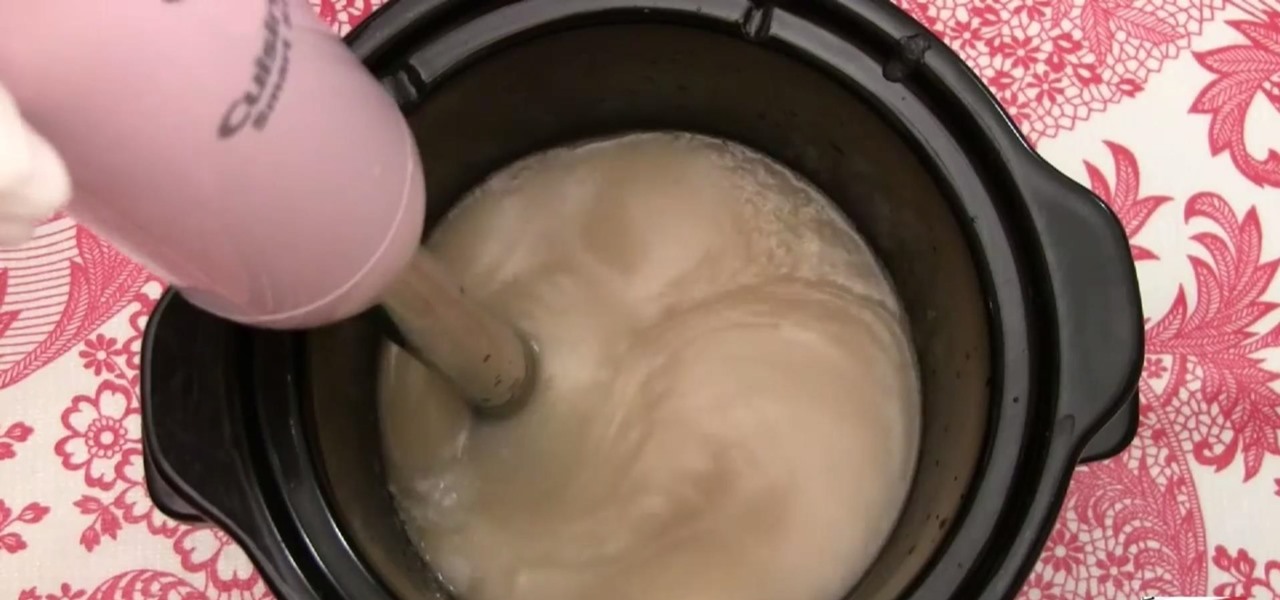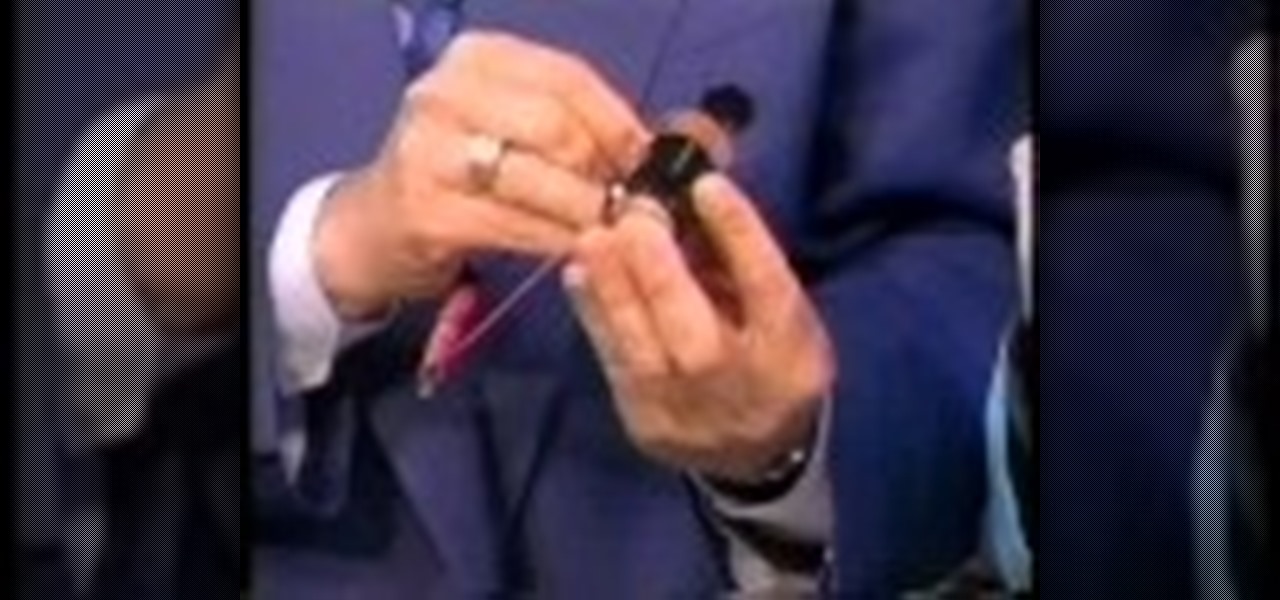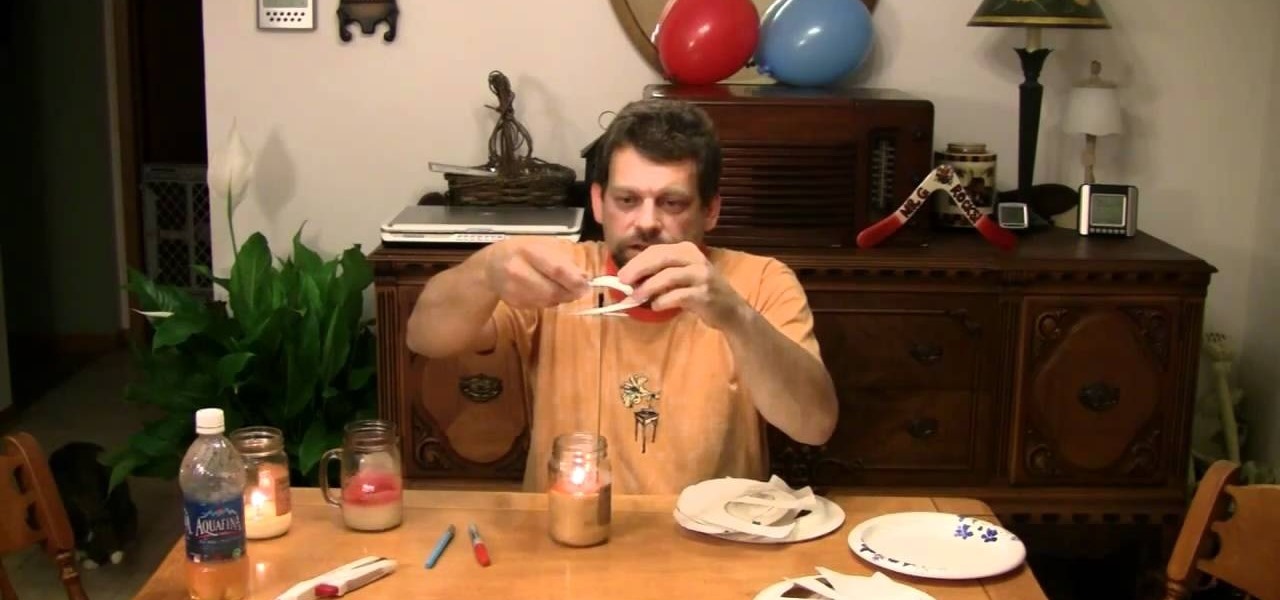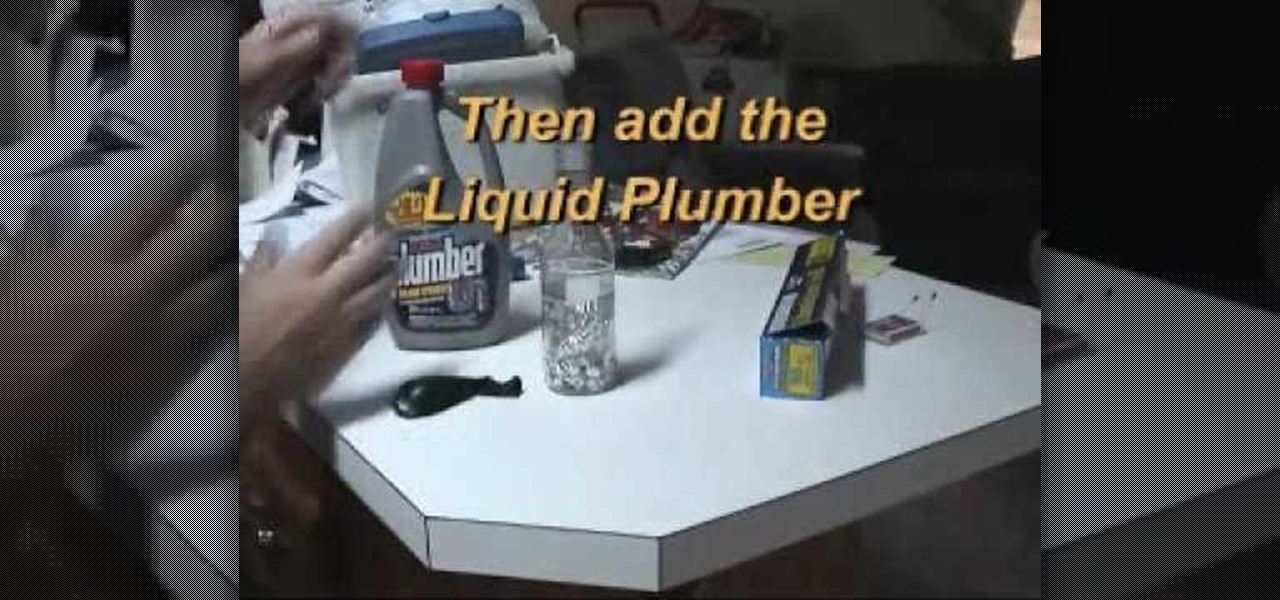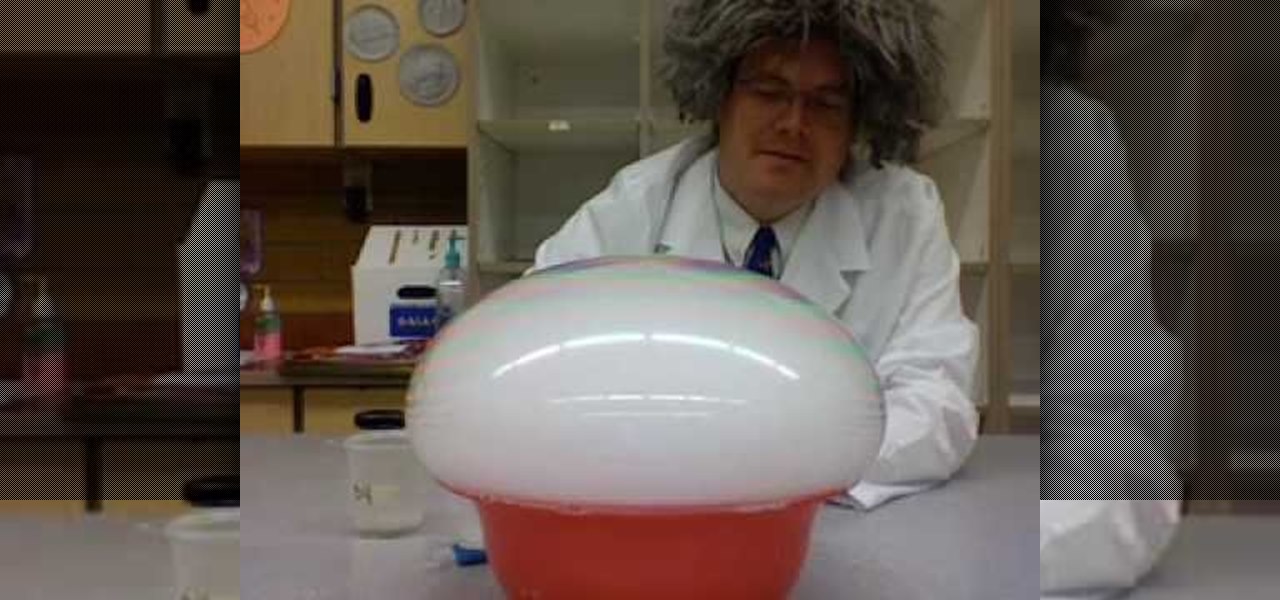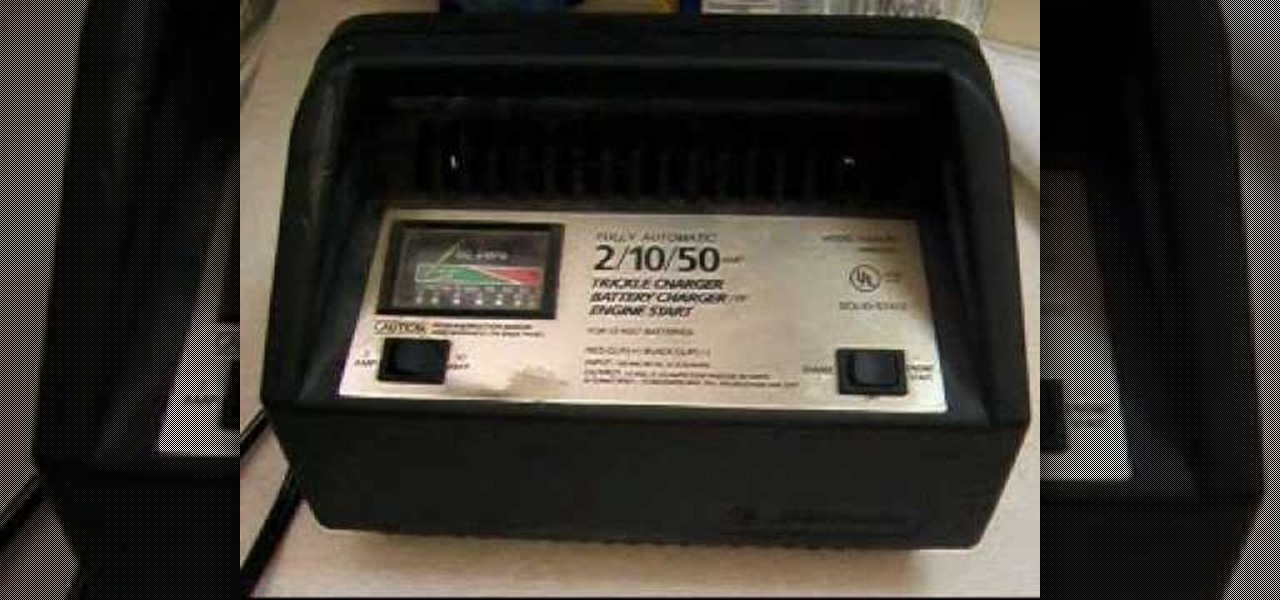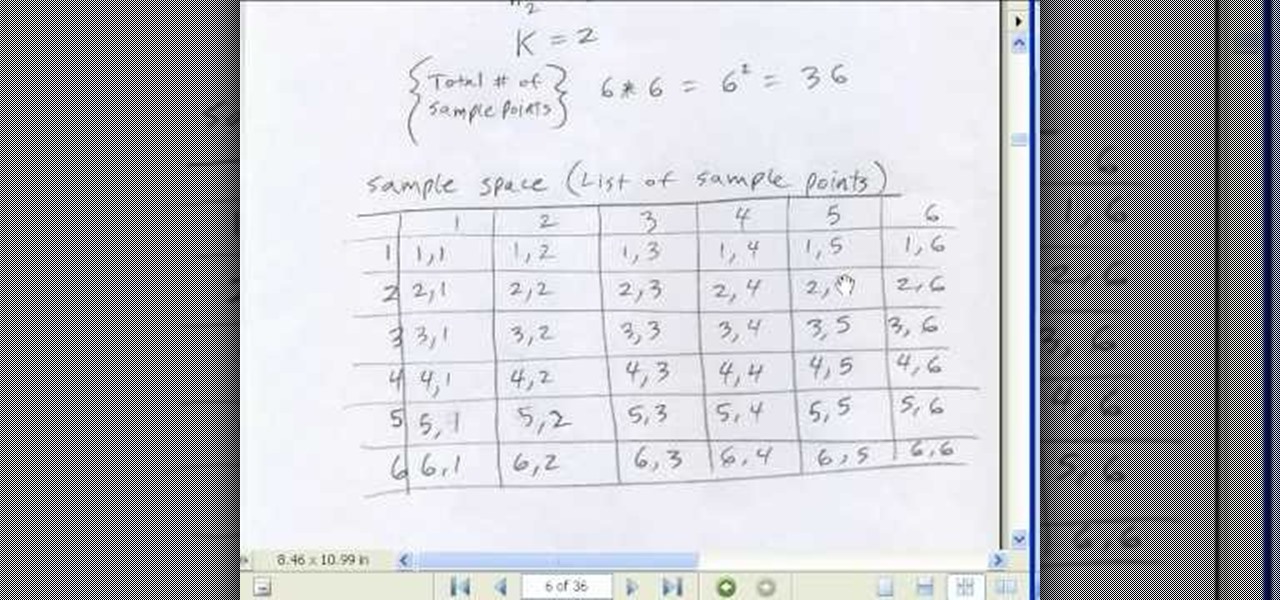
Want a fruit smoothie? While we can't recommend asparagus or cheddar-flavored drinks, we encourage you to experiment, using this road map to the ultimate healthy blended beverage. Remember to be creative -- mix a variety of fruity flavors.
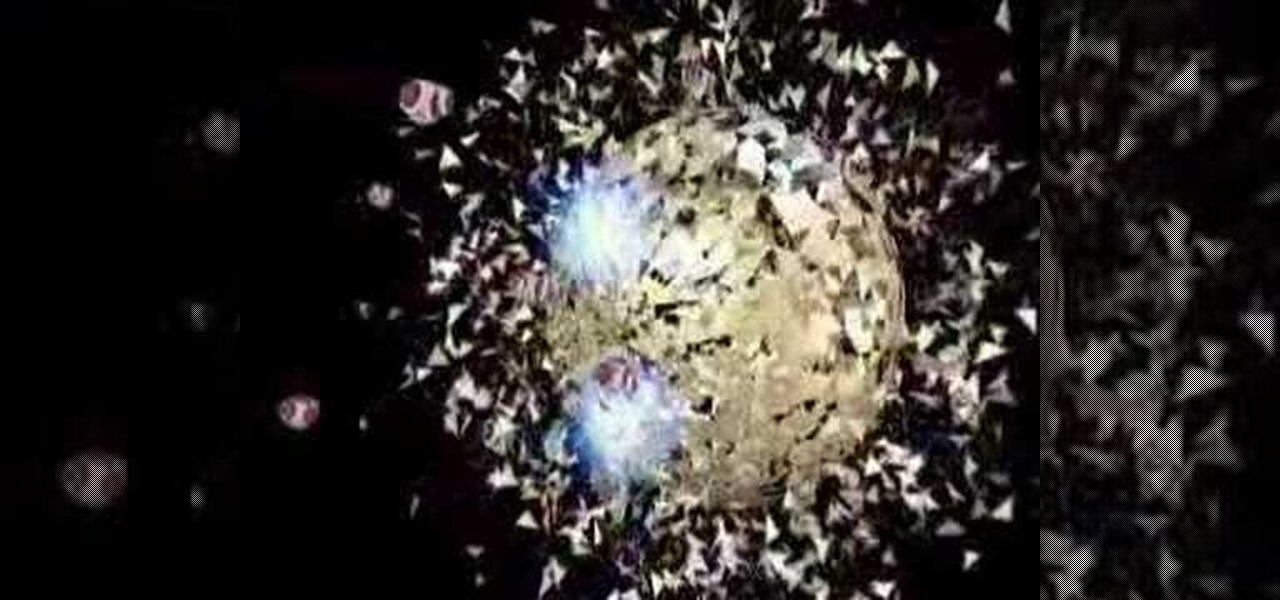
This science video tutorial includes step-by-step instructions for extracting DNA from wheat germ, the embryonic plant attached to the wheat seed. Individual wheat seeds, or kernels, separate readily from the plant. This kernels have a tough outer coating called bran. If you want to know more, just watch this science experiment.
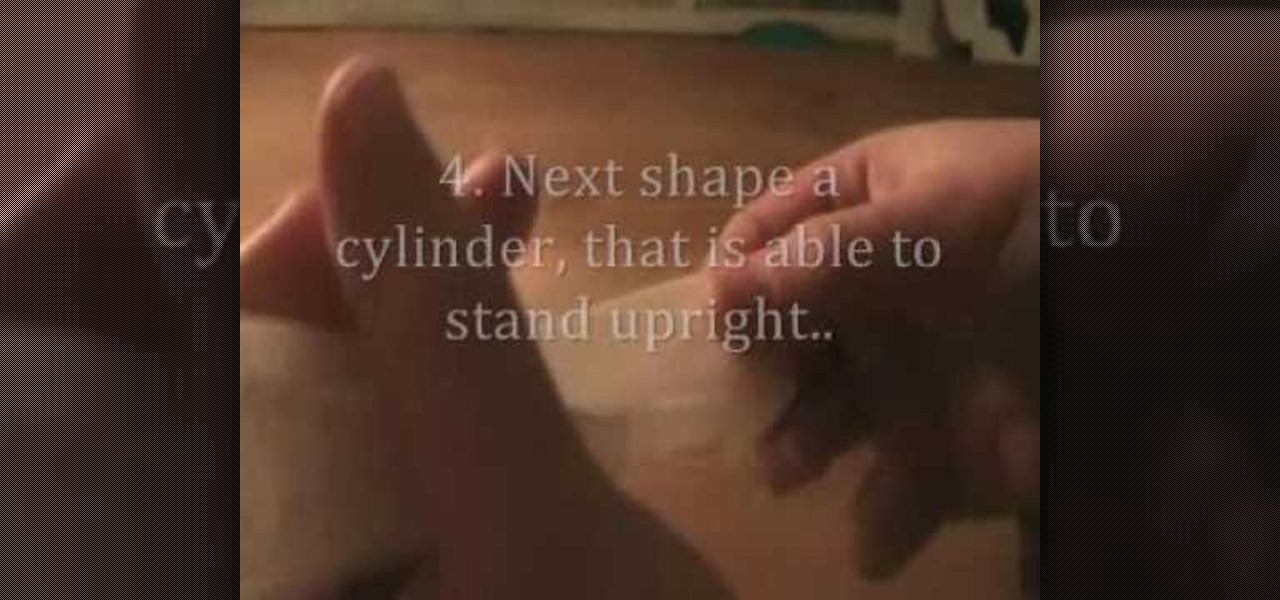
This video tutorial demonstrates how to make a flying tea bag. You only need is a cheap tea bag and a match to set it off. The tea bag remains are so light that the hot air produced from the ashes is enough to make them lift into the air. This experiment is slightly dangerous, so be careful!
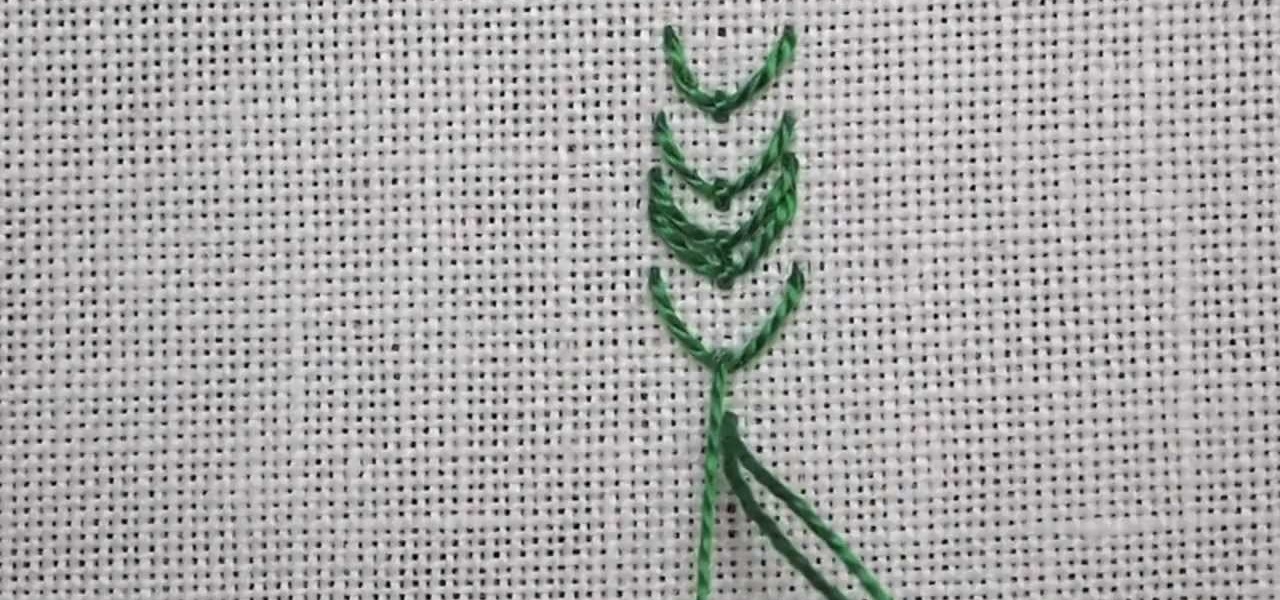
The fly stitch can be worked both horizontally and vertically. In this video tutorial from Needle 'n Thread, you'll see the fly stitch worked vertically.Besides working fly stitches in horizontal rows or vertical columns, the stitch can also be isolated, to create "filled" (loosely filled) background areas, or to create small accent-like stitches across a "canvas." Experiment with it! It's a fun and quick stitch!
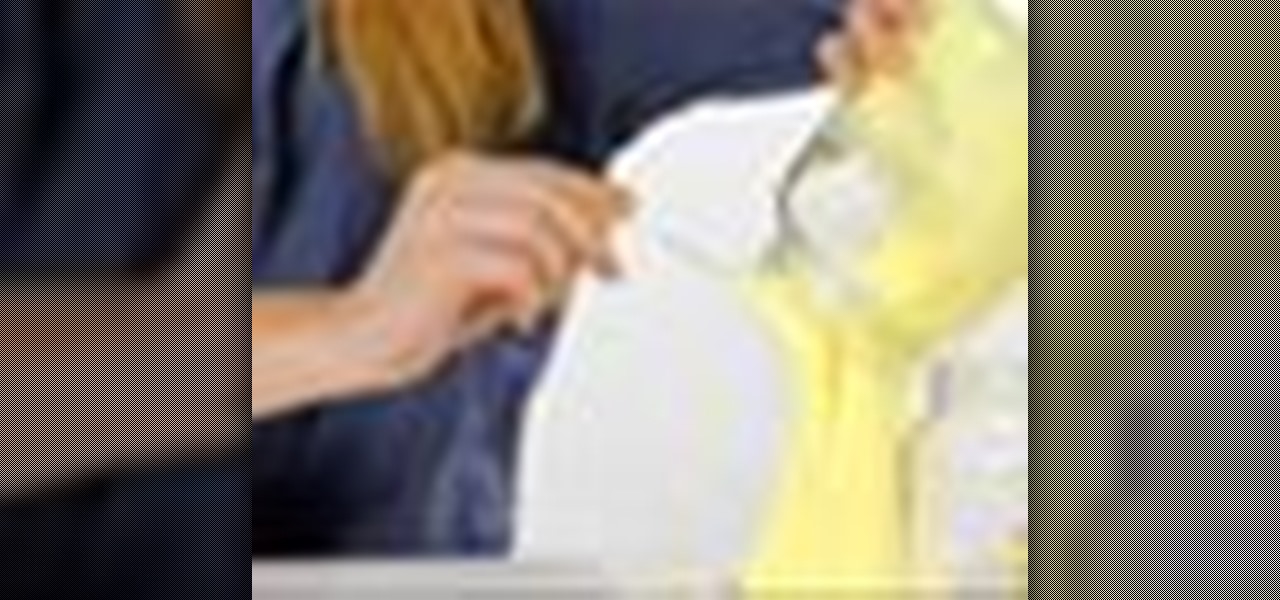
Usually our 5-Minute Projects involve soldering and LED lights and other such electronic accoutrements, but this week we decided to skip the fancy stuff in favor of an old-school science project: making rheopectic slime from Borax and glue. This is a pretty safe experiment even for kids--just make sure to do it with parental supervision and keep the Borax, slime, and any fingers that have been touching the aforementioned items out of eyes, noses and mouths.

3,2,1... blast off! Here's a fun little experiment you can do with a tea bag and some matches. You can try it at home and see how far up you can make your tea bag rocket go. The Tea Bag Rocket is really an adaptation of a classic science demonstration called the Ditto Paper Rocket. Each piece of Ditto paper had a sheet of tissue paper that separated the two-part form, and it was this discarded piece of paper that kids used to make the "rocket." Since Ditto paper is a thing of the past, scienc...

Walk on water? Impossible. Walk on cornstarch? You bet! Check out this video to see what happens when you mix up a tub of cornstarch and water. It's goopy cool fun. Mix cornstarch and water in this classic experiment to form a gooey liquid and solid material that behaves like quicksand. Some people refer to this as the Oobleck recipe, others call it a Non-Newtonian fluid. After watching these video segments, you'll call it a great science lesson as your students learn about the amazing proper...

Adding a patina to brass stampings is what gives it an aged, beautifully vintage look. If you've never worked with patinas before, then check out this jewelry crafting video to learn about how to use different types of patinas - including resin and acrylic paint - to make a flower you can attach to a pin to make into a brooch.

Celebrities are at the cutting edge of makeup. You can love them or hate them, but what matters is that they have access to the wolrd's best makeup artists, hairstylists, and stylists, which means they always look like human perfection on the red carpet.

Frying eggs is easy, right? Only not. While throwing a few eggs on a pan and adding oil is not the hardest thing you'll accomplish in your life, there are certainly many ways you could mess this process up and also many varieties of pan frying to experiment with.

We've been told most of our makeup-applying lives that you either emphasize your eyes OR your lips, but never both to avoid overload. And while this rule of thumb works for occasions like your sister's wedding and work, there comes a time when a girl must rebel and allow herself to experiment. By breaking the rules, you'll learn what dramatic colors and looks go best with your skin tone and particular facial features.

Polymer clay is a favorite material for many crafters because it's so versatile. Those interested in creating miniatures - like small version of Domo Kun or tiny, hamster-sized apple pies - can easily mold the clay into any shape they wish, while jewelers enjoy polymer clay because you can experiment with different colors to produce all types of effects.

Fish tail braids are basically the grown up version of the braids mom used to put in your hair every morning for school. With less of an uptight, "braid-y" look and more of a loose, touseled appearance, fish tail braids offer us a fun way to experiment with hair without looking like an 8-year-old.

An electromagnet is a fun experiment. These cool tools are easy to make and can be done with things you find around your home. So, the next time you are looking for a fast and cheap science project that will impress your classmates, flip on this tutorial and give this one a try!

In this video tutorial, viewers learn how to make an erupting volcano with soap. Begin by adding some vinegar into a flask/baker. Then add some soap into the vinegar and stir it by shaking the flask/baker. Users may choose to add some food coloring to make the mix look more like lava. In a separate, add some water and baking soda. Then stir it to mix. Pour the baking soda solution into the soap and vinegar mixture. This video will benefit those viewers who are interested in science and experi...

In this video tutorial, viewers learn how to draw Japanese waves for a tattoo. In this video, viewers observe different ideas and elements for wave designs. Viewers learn different techniques. To draw a design for a tattoo, viewers should sketch out their image and experiment different designs. The materials used in the video include: tracing paper, pencil and a Micron 08 pen. This video will benefit those viewers who enjoy sketching images, art and would like to learn how to design tattoos.

Air. It's all around us. Put it to work with this home science how-to, which demonstrates a cool method for crushing aluminum cans with a little bit of ice water and a whole lot of air pressure. To follow along with this experiment at home, you'll need a soda or paint can, a large bowl of water, some ice, and a stove top.

This video shows you how to break a yardstick with atmospheric pressure. The instructor first lays a ruler halfway on and off of a table. He then covers half the ruler with newspaper. The instructor states that you can chop the ruler in half with your hand because the air holding down the paper will keep the ruler in place. The experiment does work correctly and he did break it in half perfectly. This instructor seems to have many similar videos on the subject.

Want to learn how to make thermite? Just watch this science experiment video to see how to make thermite from iron-oxide and aluminum.

Ever wonder how to measure the height of a building, without using a tape measure? Well, this crazy science experiment will show you how. Just watch and you'll see how to measure the height of a building with a CRT monitor, gravity and math.

BMX: Catch Some Air If Ernest Michaux, inventor of the modern bicycle, could see what people are doing with his creation, he'd freak out. The art of creative biking has never been more challenging and rewarding than it is now. Check out the tricks for a guide to BMX mayhem. Watch this video tutorial to see how to perform a rocket manual on a BMX bicycle.

Using only vinegar and a few simple materials, it is possible to construct a working battery. This science video tutorial explains how to construct and use a battery like this to power a calculator. A good science project as part of an introductory electricity course. This project can be used as a science fair project or merely for fun. If you've ever wanted to make your own battery, know is the time, this science experiment will show you how.

This science video demonstrates how to construct a model windmill and then calculate its power output. This tutorial also includes a discussion of Energy, Work, Power, Joules and Watts. If you know anything about electricity, you'll be fine with this science experiment. If you know how to be constructive, you'll be fine too. This science lab is not only fun and educational, but you'll have your very own windmill at the end.

You've gotten enough satisfaction from gorging on fried chicken wings, so now it's time to learn the science of them. And not—we're not talking why they taste so freaking good, but how they work, pre-fried food. We're talking anatomy class, and if you can eat a piece of chicken, then you surely can dissect a chicken leg for educational reasons. Watch this video to learn about the chicken's triceps and bicep muscles, as well as what happens when the biceps and triceps contract.

Want to learn the principles beyond Boyle's Law in a way other than just hitting the books and getting bored to death? Then a science experiment is key.

If you have some dry ice, try this cool science experiment out. It's so easy, you have to try it, at least once! You just need a chunk of dry ice and some metal coins, like a half dollar (which is comprised of copper and nickel).

There's no getting around it: if you want to get good at playing the ukulele or any other instrument, you'll need to practice. Fortunately, the Internet is awash in free uke lessons, like this one from Ukulele Live, which make the task not only easy but fun. This clip, in particular, demonstrates how to perform old-school jazzy introductions and outros on the uke.

This video shows you an alternative procedure to bismuth subnitrate, using Pepto-Bismol tablets. You'll learn how to test for alkaloids, similar to a toxicology report. Put on your goggles, for this great home science experiment.

Watch this science video tutorial from Nurd Rage on how to make a chemiluminescent reaction with home chemicals. Make a chemiluminescent singlet oxygen red light pulse from two simple chemicals almost anyone can buy: pool chlorine and hydrogen peroxide.

Watch this science video tutorial from Nurd Rage on how to make silver chloride for a photochemistry test. They show the chemistry of photography using silver chloride that they make themselves from table salt and silver nitrate.

Watch this science video tutorial from Nurd Rage on how to make a mirror silvering solution from silver nitrate, ammonia, sugar, and sodium hydroxide.

Unless you're a high-schooler building a nuclear fusion reactor, the hardest part of a science investigatory project often is coming up with a good idea. You want it to be cool yet feasible, novel but still useful.

Electromagnets are super cool to experiment with. In this educational video, Science Bob teaches us about electromagnets - what they are and how to build one of your own. These magnets are are very powerful and make an extremely neat experiment for the science fair. Electromagnets are unique in the sense that they convert electricity into magnetism. Try this experiment with your kids for a unique science lesson.

In this classic Science Experiment tutorial video, we douse a flame with nothing more than the Carbon Dioxide given off by our homemade Fire Extinguisher.

Want to know why the sky is blue during the daytime and red during the evening and morning? A simple experiment is all that is needed.

Know someone who's full of hot air? Grab them and make a heat motor with this cool home science experiment with Mr. G. When air is heated, it rises. This experiment uses that natural law to create a simple, spiraling heat 'motor'.

Learn how to make hydrogen with some household chemicals and items. This experiment is dangerous, so please exercise caution. You will use Liquid Plumr for this science experiment, and be warned, Liquid Plumber and hydrogen are dangerous, maybe not the aluminum foil, but the chemicals, definitely. Fill a balloon with it and watch it explode with a close match.

This is a dry ice experiment for Halloween fun with bubbles. Mr Brunner shows us how to grow dry ice bubbles in buckets. This experiment is super easy and very interesting. You need soap, cloth strips and a big bowl. Oh and of course dry ice. This takes a couple of minutes to explode so be patient.

Watch this instructional science video to learn how to create hydrogen from water, salt and electricity, for only a few dollars. This is an experiment that produces explosive gases, involves electricity and water and a number of risks so please be careful. Not an experiment to be performed by idiots. Create exploding water with this educational tutorial.

If you use Microsoft Excel on a regular basis, odds are you work with numbers. Put those numbers to work. Statistical analysis allows you to find patterns, trends and probabilities within your data. In this MS Excel tutorial from everyone's favorite Excel guru, YouTube's ExcelsFun, the 50th installment in his "Excel Statistics" series of free video lessons, you'll learn the basics of probability:









